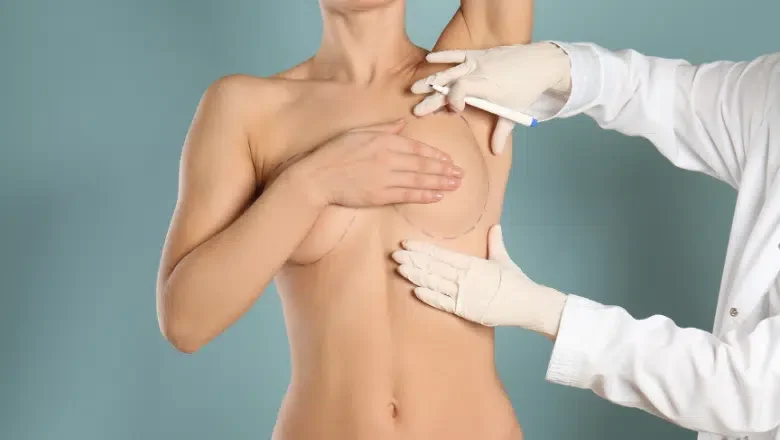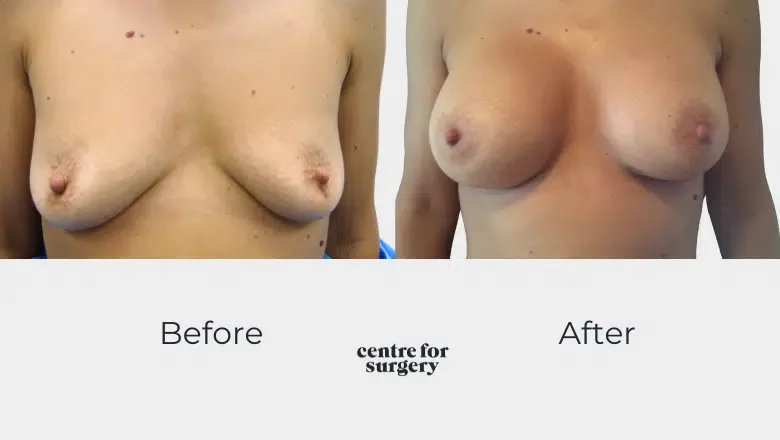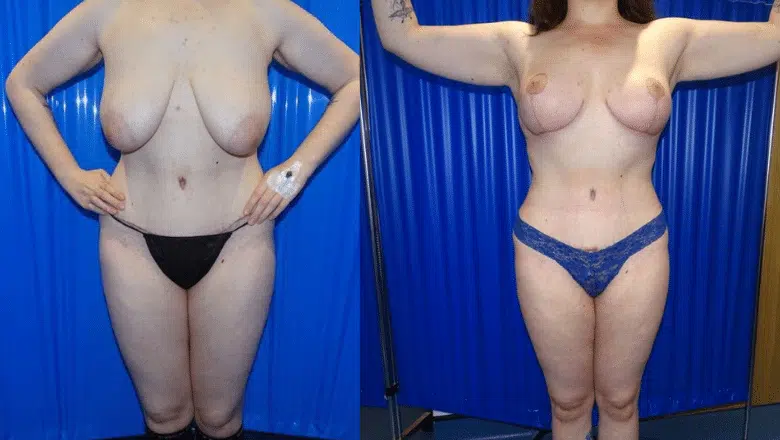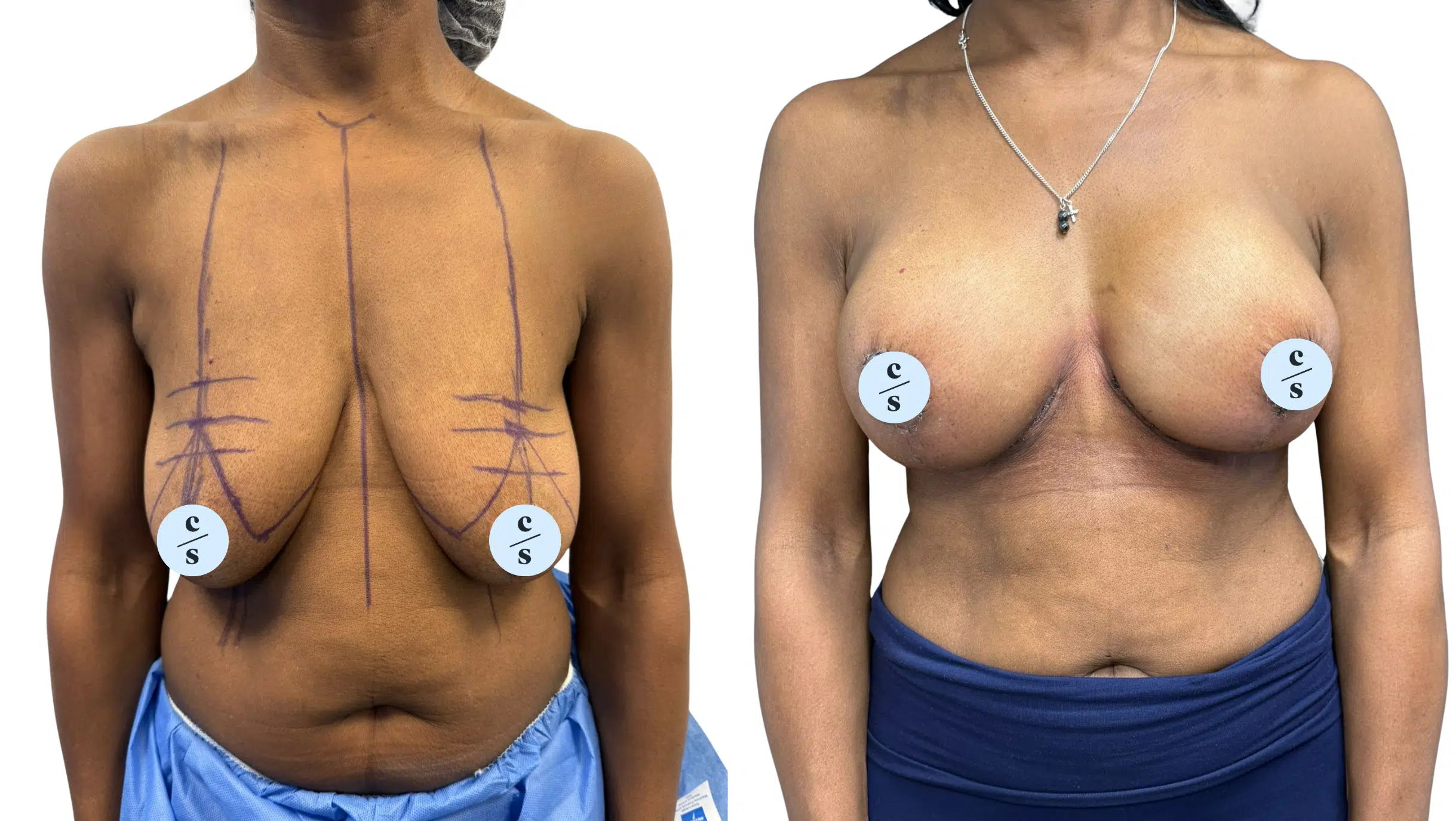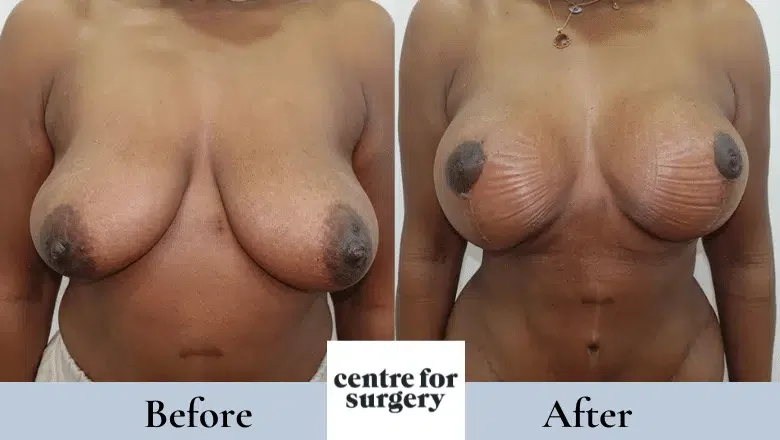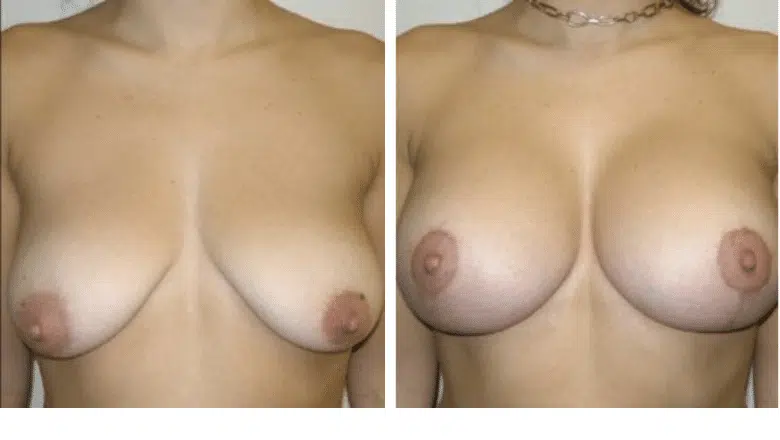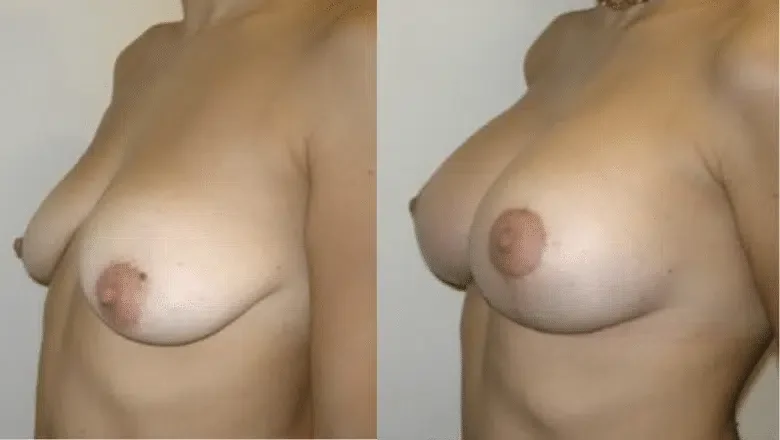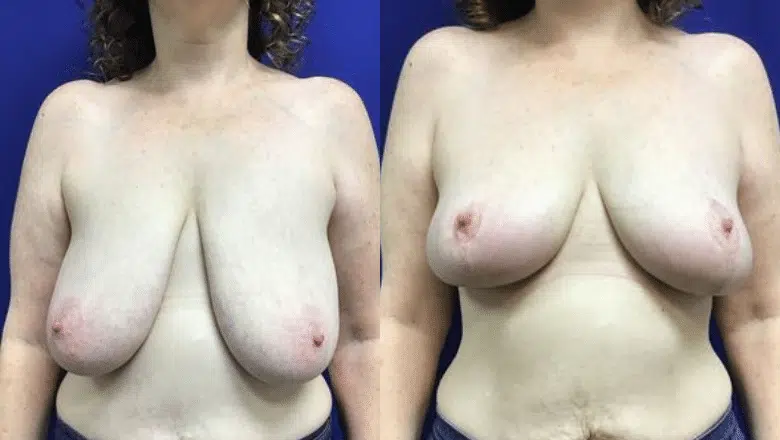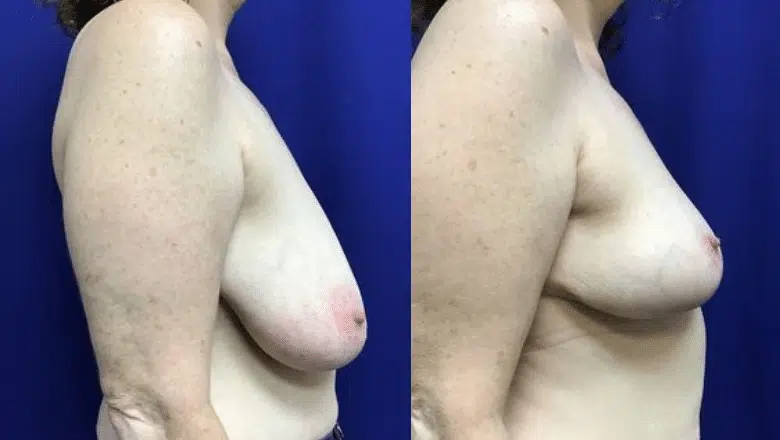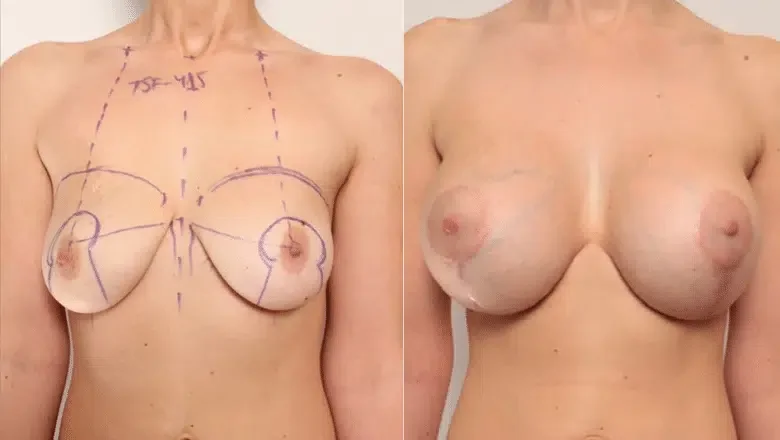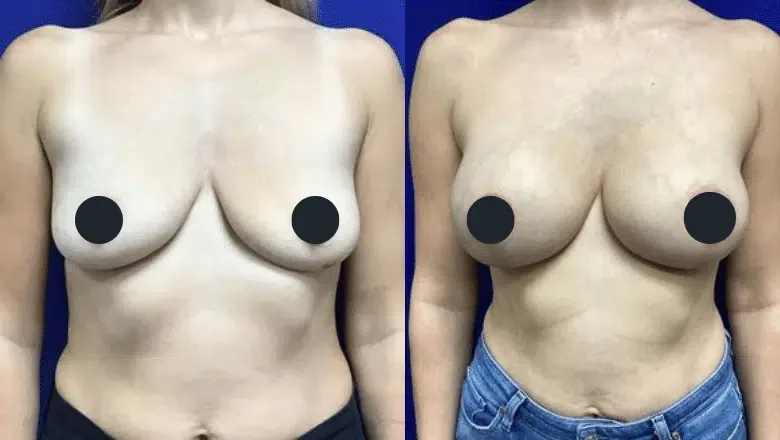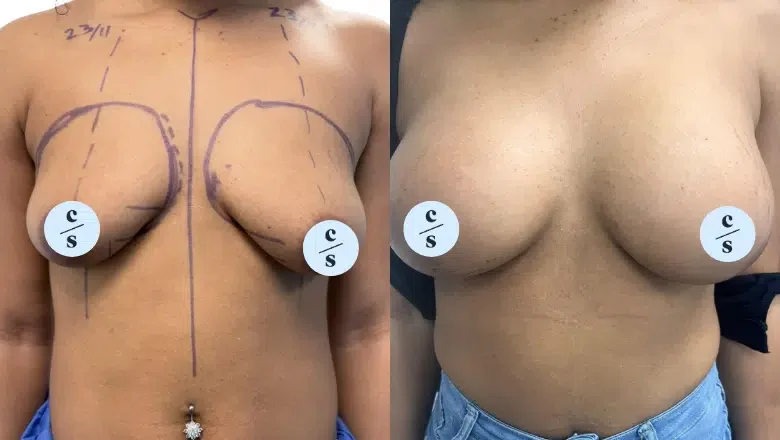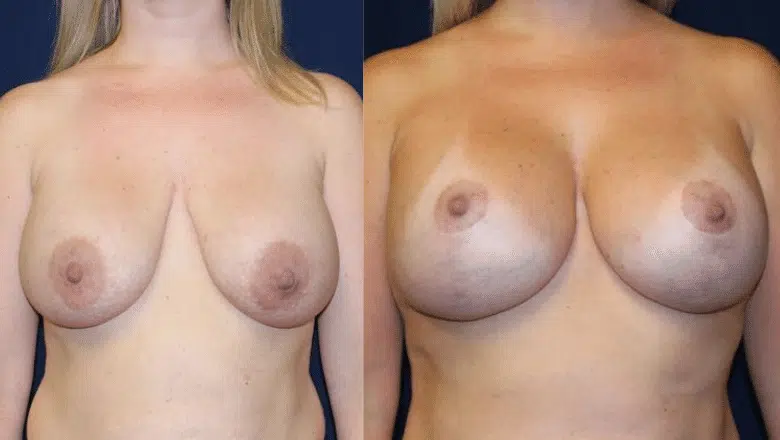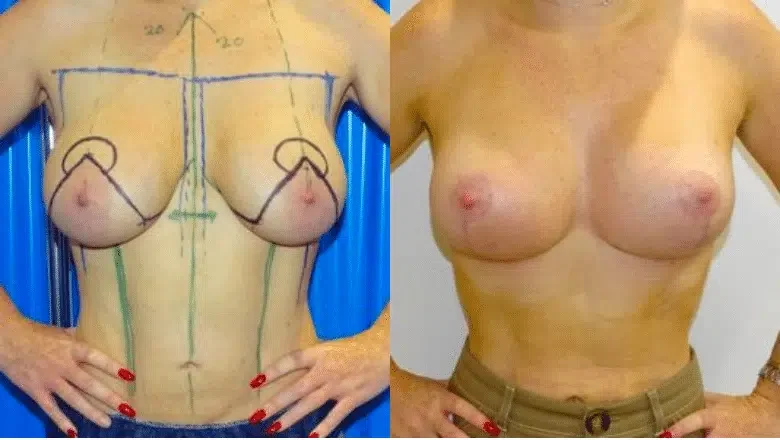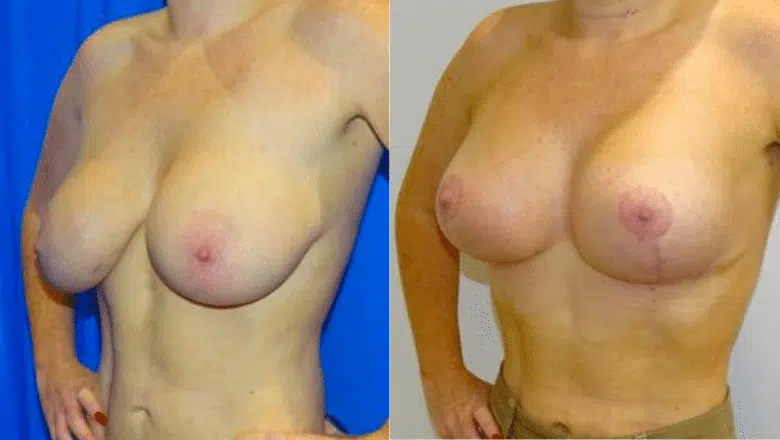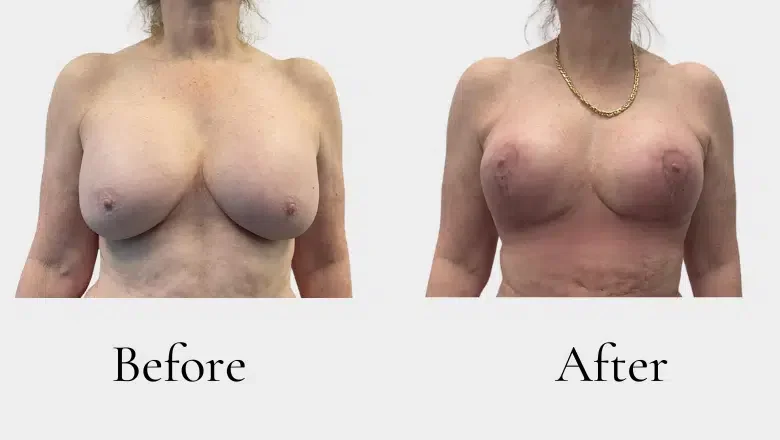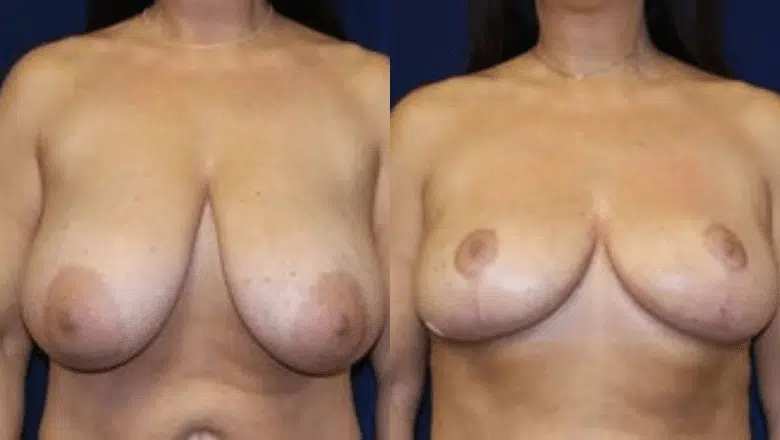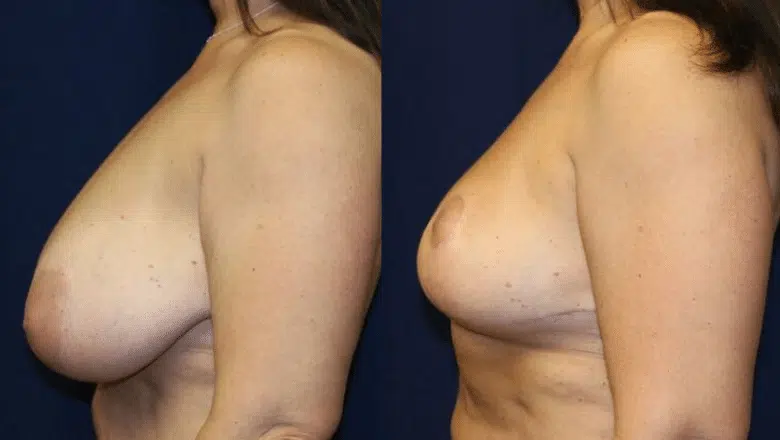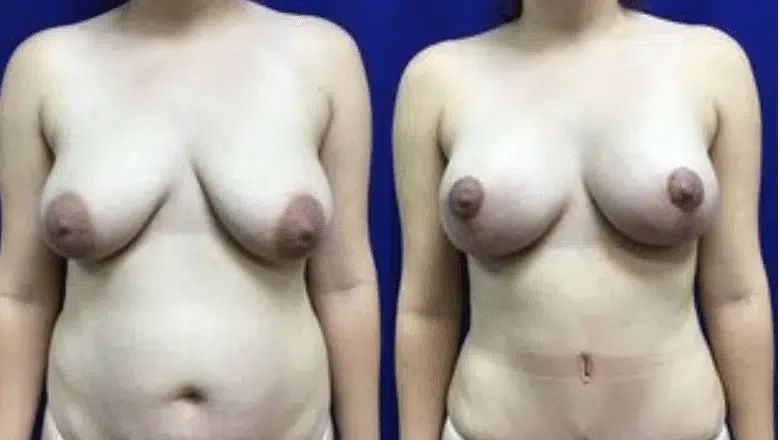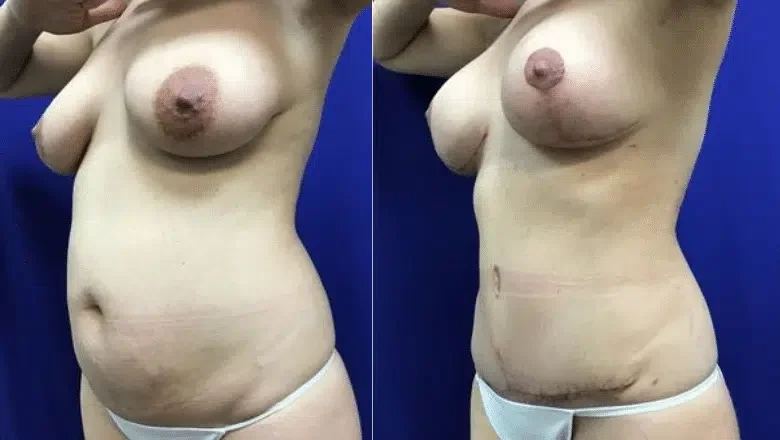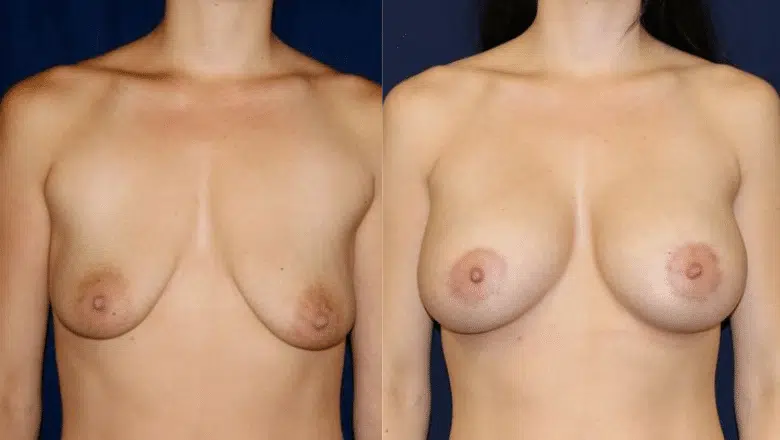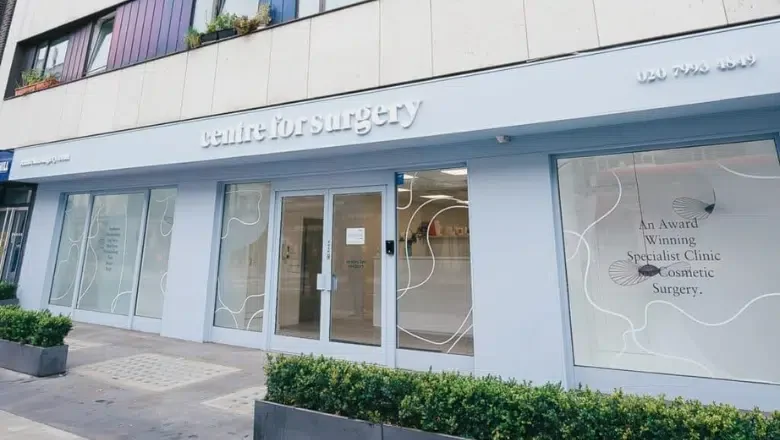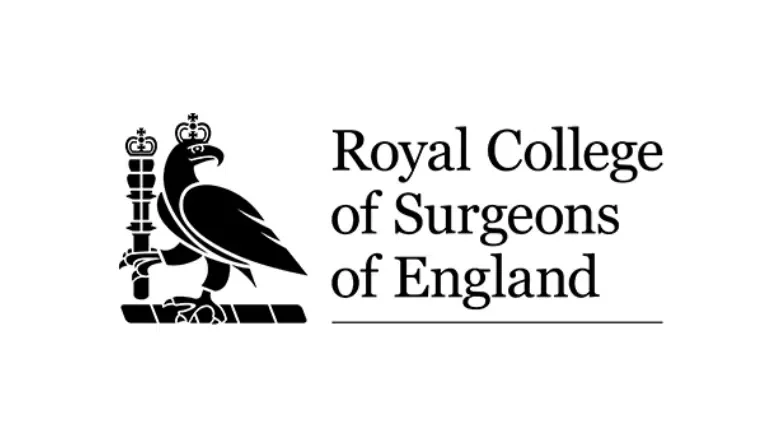The demand for cosmetic breast surgery in the UK is intimately connected to the shifting tides of beauty standards. The widespread use of social media platforms and the rise of online influencers have given rise to new aesthetic trends that were previously unheard of. One such emerging trend focuses on the so-called ‘ideal’ size of the areola. People are now seeking surgical procedures to alter the size of their areolae, aspiring to mirror the appearance of celebrities they admire.
This phenomenon represents a significant shift in what individuals consider important aspects of beauty. Social media feeds are flooded with images that set new benchmarks for physical perfection, and the areola—a part of the body that has traditionally received little public attention—has now entered the spotlight.
Despite the constant evolution of beauty trends over the years, the size of the areola had remained a relatively untouched subject until now. The newfound focus on this specific area highlights how beauty standards are continually being redefined, often influenced by digitally enhanced images and the glamorous portrayal of celebrities online. While some individuals feel empowered by the ability to change their bodies to boost their confidence, others raise concerns about the psychological and physical implications of such surgeries.
Areola Size Considerations After Breast Surgery
When planning to undergo a breast lift or breast reduction, it’s essential to understand how these procedures might affect the appearance and position of your nipples and areolas. Changes to the shape and size of the breasts often necessitate repositioning the nipple to maintain a natural and balanced look. Without this adjustment, there’s a risk that nipples could point downward due to the altered breast contours. To address this, surgeons routinely reposition the nipple to a central location on the newly shaped breast. Alongside this, an areola reduction or resizing is typically performed to ensure proportionality and aesthetic harmony.
If you’re interested in altering the size of your areolas—perhaps desiring a smaller appearance—you should discuss this with your surgeon during the consultation phase. Surgeons have specialised tools, sometimes referred to as “cookie cutters” which are designed to reduce and reshape the areola with precision. These instruments help in achieving a symmetrical and consistent size that complements the overall breast dimensions. Your surgeon will assess your breast size and volume to recommend the optimal areola size for you, ensuring that the final result looks natural and suits your body frame.
The areola ring markers used in surgery typically range from 38mm to 50mm in diameter. The specific size chosen will depend on the size and shape of your breasts. For those seeking a smaller and perfectly round areola, these ring markers are particularly effective. However, personal preferences vary, and not everyone desires a perfectly circular areola. Some women might prefer a smaller areola that isn’t entirely round, seeking a shape that better matches their individual aesthetic goals.
Alternative techniques are available for those who wish for a non-circular areola. One method involves the surgeon hand-drawing a custom template directly onto the areola. This allows for a bespoke shape that isn’t confined to the standard sizes of ring markers. The hand-drawn guide serves as a precise blueprint during surgery, enabling the surgeon to reduce the areola to the desired shape and size.
Another option suits individuals who prefer a slightly oval-shaped areola rather than a perfect circle. This approach can be particularly effective if you’re also opting for an increase in breast size. In this scenario, the surgeon may still use an areola marker to reduce the nipple size, but the natural weight and volume of the augmented breasts post-surgery can cause the skin to stretch slightly. This results in an areola that takes on a more oval shape over time, providing a subtle and less uniform appearance.
Our surgeons commonly use ring markers measuring 38mm or 42mm, selecting the size based on your overall breast shape and personal preferences. This decision is made collaboratively, ensuring that you have a clear understanding of how the chosen size will affect the final appearance. During your consultation, the surgeon will discuss all available options in detail, taking the time to answer any questions and address any concerns you might have. This personalised approach ensures that the surgical plan aligns closely with your expectations and aesthetic desires.
Is It Possible to Change Only the Size of Your Areola?
Absolutely, it is possible to alter just the size of your areola without affecting other parts of the breast. The medical procedure specifically designed for this purpose is called areola reduction surgery. This surgical intervention focuses solely on decreasing the diameter of the areola—the pigmented skin surrounding the nipple—to achieve a size that the individual finds more aesthetically pleasing. It’s worth noting that areola reduction was available long before the recent trends emphasising various areola sizes became popular through social media and celebrity influence.
Areola reduction is a cosmetic surgery that can be performed on one breast or both, depending on personal preference and anatomical considerations. The procedure involves removing a concentric ring of tissue from the outer edge of the areola, which reduces its overall size. This operation can be conducted independently, meaning you don’t have to undergo additional breast surgeries if you’re satisfied with the rest of your breast appearance. However, many people choose to combine areola reduction with other procedures like breast augmentation, lift, or reduction to enhance the overall symmetry and proportion of their breasts.
It’s important to distinguish between the nipple and the areola, as these terms are often mistakenly used interchangeably. The nipple is the small, raised centre through which breastfeeding occurs, while the areola is the surrounding circular area of pigmented skin. Understanding this difference is crucial when considering surgical options, as the techniques and outcomes for nipple surgery differ from those for areola surgery.
Why do people get areola reduction?
People choose to get areola reduction for various reasons. Some may feel that their areolae are disproportionately large relative to their breast size, which can affect self-esteem and confidence. Others might have experienced changes in areola size due to factors like ageing, hormonal shifts, pregnancy, or significant weight fluctuations. By reducing the size of the areola, individuals can achieve a more balanced and harmonious appearance that aligns with their personal aesthetic goals.
Risks and Complications of Areola Reduction Surgery
Undergoing areola reduction surgery is a significant decision that requires careful consideration of the potential risks and complications involved. Like all surgical procedures, it carries inherent risks that should be thoroughly discussed with your surgeon beforehand.
One of the primary risks is infection and bleeding, which can occur during or after the surgery. Surgeons take extensive precautions to maintain a sterile environment and control bleeding, but there’s always a residual risk. Proper post-operative care and adherence to your surgeon’s instructions are vital to minimise these complications.
Another possible outcome is loss of sensation in the nipple and areola area. This can happen if nerve pathways are affected during the surgery. While some patients experience temporary numbness that gradually improves, others may have a permanent change in sensation. It’s important to consider how this might impact your overall satisfaction with the results.
Significant scarring is also a concern for many considering this procedure. While surgeons strive to place incisions discreetly and use techniques that promote minimal scarring, individual healing processes vary. Some people may develop more noticeable scars due to factors like genetics, skin type, or improper wound care during recovery.
In rare cases, there’s a possibility of losing milk ducts, which can affect future breastfeeding capabilities. If you plan to have children and wish to breastfeed, it’s crucial to discuss this risk with your surgeon to fully understand how the procedure might impact lactation.
Frequently Asked Questions
What changes can happen to my areolas after breast surgery?
Following breast surgery like augmentation, your areolas might change in size and shape. Even if the surgeon doesn’t specifically operate on this area, the pressure from implants and the added weight can stretch the nipple and areola complex. This stretching may cause your areolas to sit higher or lower than before. If you’ve had a breast reduction or lift due to sagging breasts (known as breast ptosis), it’s quite likely that your nipples have shifted position and might point downwards. In these cases, an areola reduction is usually performed alongside the breast lift or reduction surgery.
Will my areolas be made smaller during a breast reduction?
Yes, during a breast reduction, the surgeon removes excess skin and fatty tissue from your breasts and also resizes your areolas. This helps ensure that they are in proportion with your new breast size and shape.
How long does it take for the areola to heal after surgery?
The healing time for your areolas can vary after breast surgery. Some women experience a loss of sensation or soreness in their nipples following the procedure. These symptoms often resolve on their own over time but can occasionally be permanent. The overall recovery period will depend on any other procedures you had done at the same time.
What will my nipples look like after a breast reduction?
During recovery from a breast reduction, your nipples will undergo noticeable changes in shape and position. Immediately after surgery, your breasts may be swollen and bruised, and your nipples and areolas might look smaller and slightly puckered. Over the next 12 months, they will gradually settle down and appear more even and natural.
How can I reduce the size of my nipples?
To reduce the size of your nipples and areolas, you can opt for nipple reduction surgery. At present, there are no non-surgical methods available to effectively decrease nipple size.
Why Choose Centre for Surgery?
At Centre for Surgery, we pride ourselves on our commitment to providing the highest standard of care in the realm of cosmetic surgery. Our state-of-the-art clinic on Baker Street in London is home to some of the UK’s leading surgical experts. Our team is dedicated to ensuring every patient receives personalised and professional care tailored to their unique needs and desires.
Patient Testimonials
“I had a fantastic experience at Centre for Surgery. From my first consultation through to my post-operative care, the team was supportive, professional, and incredibly attentive. I am thrilled with the results of my procedure and can’t thank my surgeon enough for their expertise.”
“The level of care I received at Centre for Surgery was exceptional. The staff made me feel at ease throughout the entire process, and the results have genuinely transformed how I feel about myself. Highly recommend!”
“Choosing Centre for Surgery was the best decision I made. The staff were friendly, knowledgeable, and always available to answer any questions. The outcome of my surgery was better than I had ever hoped for!”
Expert Team and State-of-the-Art Facilities
Our surgeons and support staff are among the best in their field. We invite you to meet our team and learn more about their qualifications and expertise on our Meet the Team page.
Flexible Finance Options
We understand that financing your surgery can be a concern, which is why we offer a range of finance options, including 0% APR with Chrysalis Finance. Find out more about how you can fund your procedure by visiting our Finance Options page.
Comprehensive Information Resources
For more detailed information about what to expect before, during, and after your surgery, visit our Plastic Surgery Blog and our FAQs page. These resources are designed to help you feel informed and confident throughout your surgical journey.
Visit Our Baker Street Clinic
Our clinic is conveniently located in the heart of London at 95-97 Baker Street. You can learn more about our facilities and what to expect when you visit us by checking out our Baker Street Clinic page.
Book a Consultation Today
Ready to take the next step? Contact us today to book a consultation with one of our expert surgeons. You can reach us by phone at 0207 993 4849 or through our Contact Us page. During your consultation, we’ll discuss your goals and expectations and develop a personalised treatment plan designed just for you.
For more information about why Centre for Surgery stands out as a leader in cosmetic surgery, please visit our About Us page. We look forward to helping you achieve your aesthetic goals and supporting you every step of the way!
